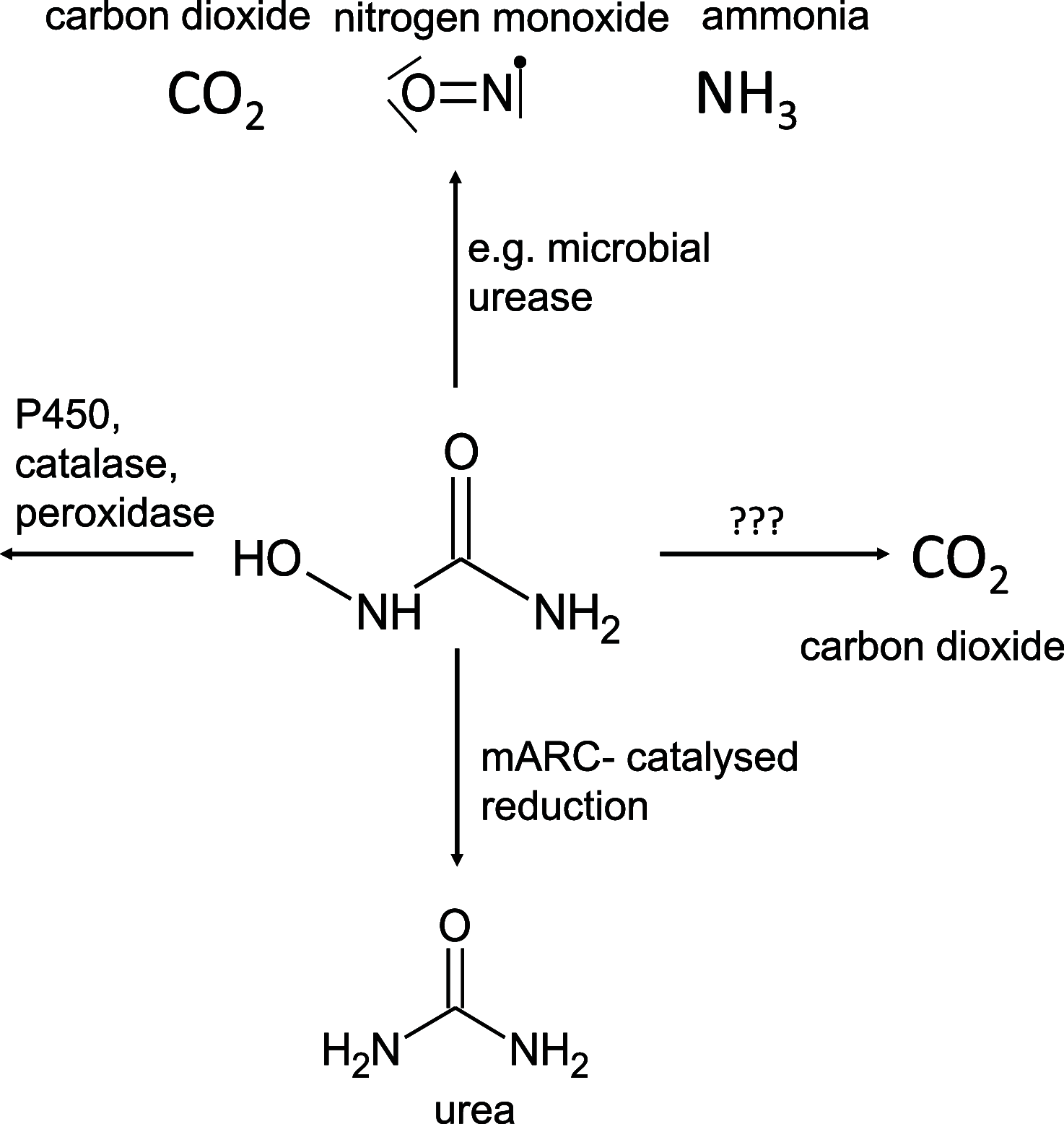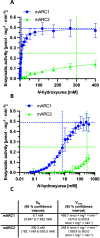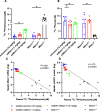mARC1 Is the Main Contributor to Metabolic Reduction of N-Hydroxyurea
- PMID: 39397364
- PMCID: PMC11513889
- DOI: 10.1021/acs.jmedchem.4c01148
mARC1 Is the Main Contributor to Metabolic Reduction of N-Hydroxyurea
Abstract
N-Hydroxyurea has been known since the 1960s as an antiproliferative drug and is used both in oncology and for treatment of hematological disorders such as sickle cell anemia where very high daily doses are administered. It is assumed that the cellular effect of N-hydroxyurea is caused by inhibition of ribonucleotide reductase, while alternative mechanisms, e.g., generation of nitric oxide, have also been proposed. Despite its many therapeutic applications, the metabolism of hydroxyurea is largely unexplored. The major elimination pathway of N-hydroxyurea is the reduction to urea. Since the mitochondrial amidoxime reducing component (mARC) is known for its N-reductive activity, we investigated the reduction of NHU by this enzyme system. This study presents in vitro and in vivo evidence that this reductive biotransformation is specifically mediated by the mARC1. Inactivation by mARC1 is a possible explanation for the high doses of NHU required for treatment.
Conflict of interest statement
The authors declare the following competing financial interest(s): All authors are presently employed by or have received research funding from Boehringer Ingelheim.
Figures




Similar articles
-
Mitochondrial amidoxime-reducing component 2 (MARC2) has a significant role in N-reductive activity and energy metabolism.J Biol Chem. 2019 Nov 15;294(46):17593-17602. doi: 10.1074/jbc.RA119.007606. Epub 2019 Sep 25. J Biol Chem. 2019. PMID: 31554661 Free PMC article.
-
The mitochondrial amidoxime reducing component-from prodrug-activation mechanism to drug-metabolizing enzyme and onward to drug target.J Biol Chem. 2023 Nov;299(11):105306. doi: 10.1016/j.jbc.2023.105306. Epub 2023 Sep 29. J Biol Chem. 2023. PMID: 37778733 Free PMC article. Review.
-
The Involvement of the Mitochondrial Amidoxime Reducing Component (mARC) in the Reductive Metabolism of Hydroxamic Acids.Drug Metab Dispos. 2018 Oct;46(10):1396-1402. doi: 10.1124/dmd.118.082453. Epub 2018 Jul 25. Drug Metab Dispos. 2018. PMID: 30045842
-
In vivo production of nitric oxide in rats after administration of hydroxyurea.Mol Pharmacol. 1997 Dec;52(6):1081-6. doi: 10.1124/mol.52.6.1081. Mol Pharmacol. 1997. PMID: 9415718
-
The fourth mammalian molybdenum enzyme mARC: current state of research.Drug Metab Rev. 2011 Nov;43(4):524-39. doi: 10.3109/03602532.2011.608682. Epub 2011 Sep 26. Drug Metab Rev. 2011. PMID: 21942410 Review.
References
MeSH terms
Substances
LinkOut - more resources
Full Text Sources

